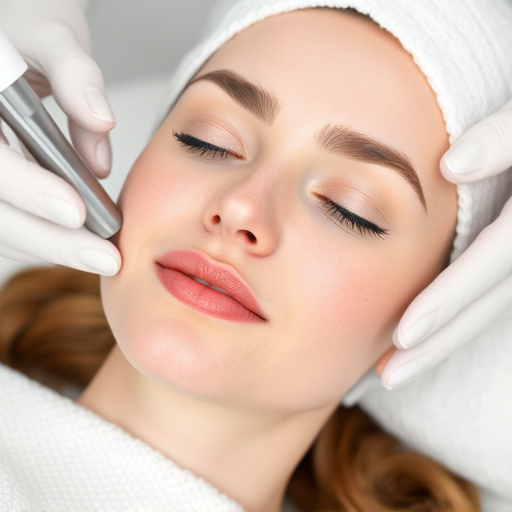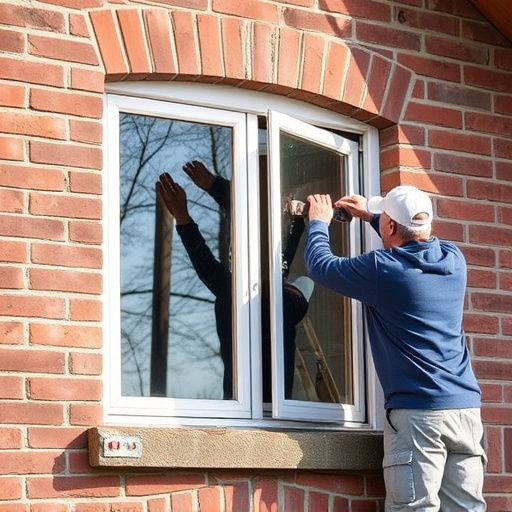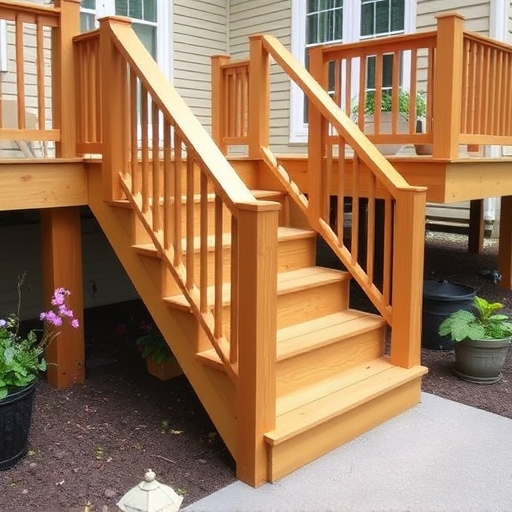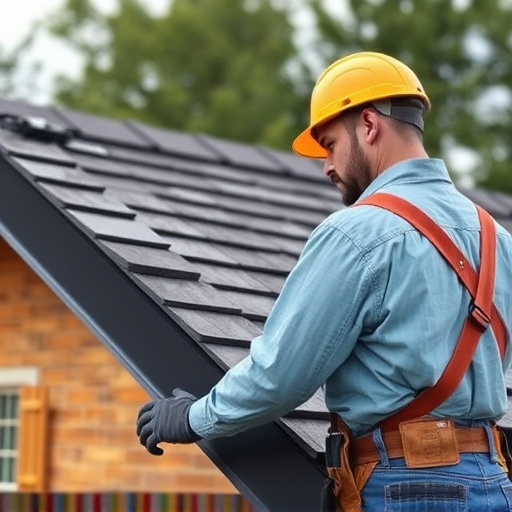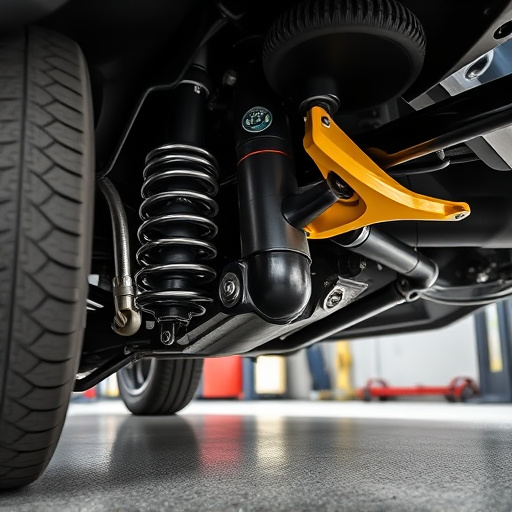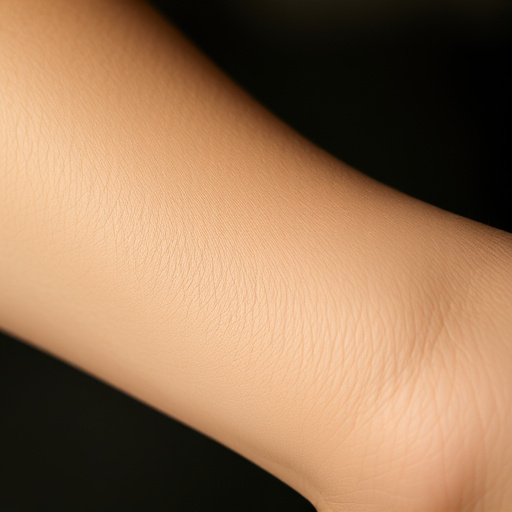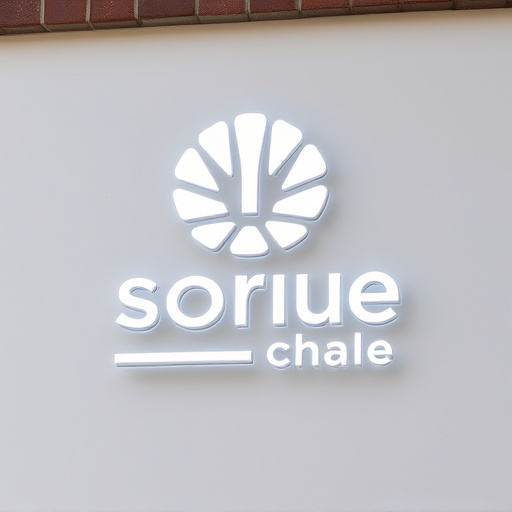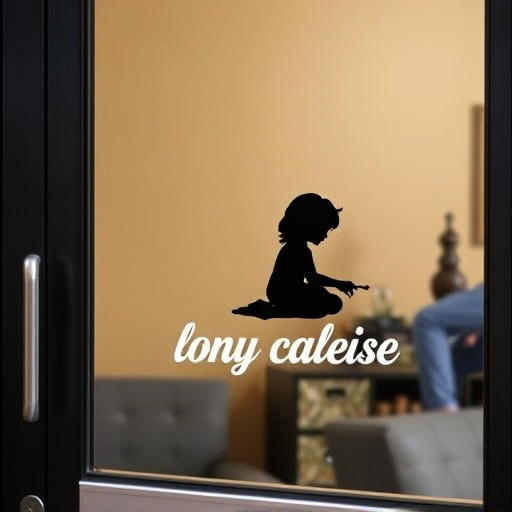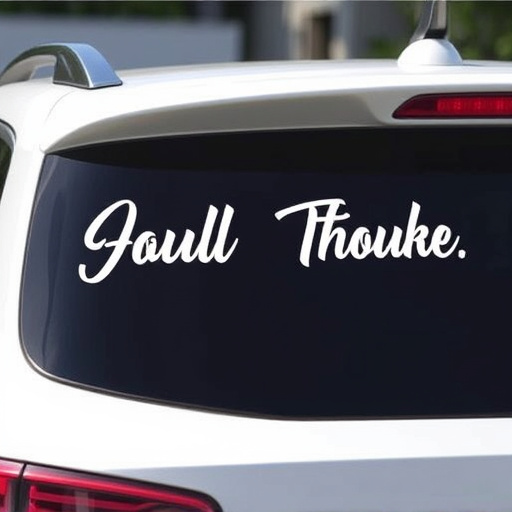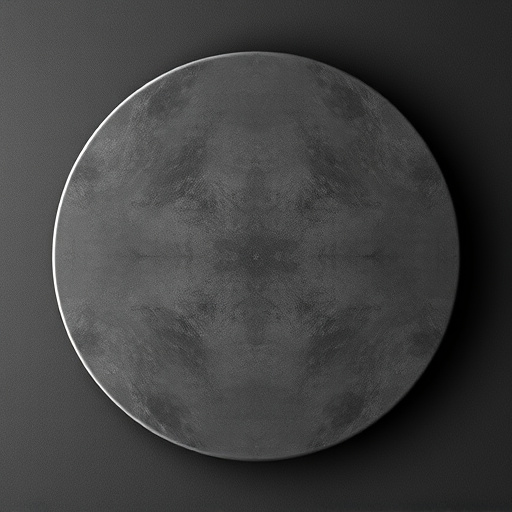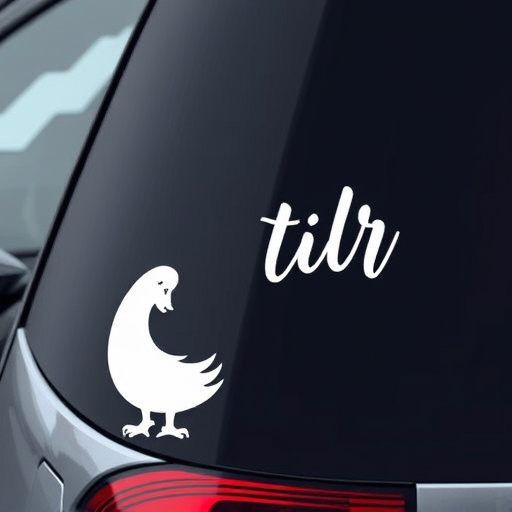Clear coat restoration demands understanding paint type vulnerabilities to degradation and using tailored techniques like protection films and specialized polishes. It's a meticulous process focusing on clean preparation, with gentle to aggressive methods based on finish. Choosing right products, especially for custom graphics or tinting, ensures long-lasting protection and visually appealing results.
Revitalize your paintwork with our guide to clear coat restoration, a game-changer for all vehicle owners. Clear coats protect your car’s finish, but over time, they degrade, leading to fading and damage. Understanding this degradation across various paint types is key to successful restoration. This article delves into effective techniques and product selection to restore your clear coat to its former glory, ensuring optimal protection and a vibrant, lasting shine for every paint job.
- Understanding Clear Coat Degradation Across Paint Types
- Restoration Techniques for Optimal Results
- Selecting the Right Products for Every Paint Job
Understanding Clear Coat Degradation Across Paint Types

Over time, clear coats on vehicles or other painted surfaces can degrade due to various factors like UV exposure, heat rejection, and environmental contaminants. This degradation varies across different paint types—enamels, lacquers, and urethanes—each exhibiting unique vulnerabilities. Enamels, known for their durability, may still yellow or crack with prolonged sun exposure. Lacquers, though more susceptible to blisting and peeling, can maintain their gloss longer if properly maintained. Urethanes offer excellent resistance to both heat rejection and UV rays but can be more prone to hazing over time.
Understanding these nuances is crucial for effective clear coat restoration. Different paint types necessitate tailored restoration techniques. For instance, a vehicle enhancement using a paint protection film might be ideal for lacquers to prevent blisting, while urethanes may require specialized polishes and coatings to restore their clarity. This personalized approach ensures that the restored surface not only looks as good as new but also protects against future degradation, enhancing the overall aesthetic and value of the painted surface.
Restoration Techniques for Optimal Results
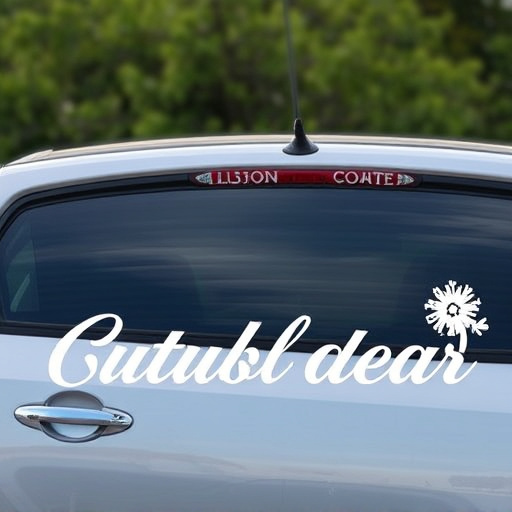
Restoration techniques play a pivotal role in achieving optimal results for clear coat restoration. The process begins with meticulous preparation, ensuring the surface is clean and free from contaminants. This step is crucial as it forms the foundation for any subsequent repairs or enhancements. Professional technicians use specialized cleaning agents to remove dirt, dust, and even microscopic particles that can impair the clarity of the finish.
Once the surface is ready, skilled hands employ various methods tailored to different paint types. For instance, for older vehicles with delicate finishes, gentle techniques are preferred to avoid damaging the original coat. This might involve using fine-grit sandpaper to remove imperfections and then applying a thin layer of clear coat to replenish the shine. In contrast, modern cars with durable paint jobs can withstand more aggressive restoration, including professional PPF installation, which adds an extra layer of protection through paint protection film. Premium automotive services often employ advanced technologies like polishing machines for efficient and effective results.
Selecting the Right Products for Every Paint Job

When it comes to clear coat restoration, choosing the right products is key, especially considering the variety of paint types out there. Different cars and even personalized projects may have unique finishes, ranging from glossy to matte or anything in between. The goal is to find a restoration system that works seamlessly with your specific paint job.
For instance, for those with custom graphics or window tinting, selecting products that won’t interfere with these modifications is crucial. Vehicle protection film and top-quality clear coat restoratives designed for various paint types can help maintain the integrity of these additions while enhancing the overall look.
Clear coat degradation can affect any paint type, but with the right understanding and restoration techniques, it’s possible to achieve optimal results. By selecting high-quality products tailored to each unique paint job, you can restore your vehicle’s or surface’s original gloss and protect its finish for years to come. Clear coat restoration is a game-changer that ensures every paint type shines brightly, both literally and metaphorically.
